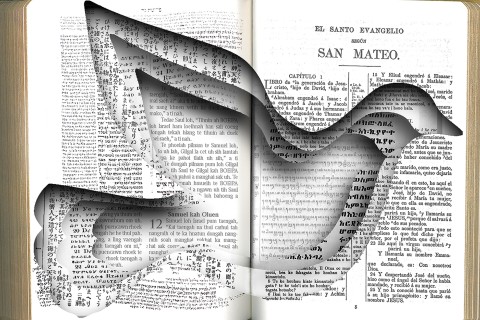The American megachurch and the Christmas prosperity gospel
I am a historian of the prosperity gospel. My dad is a historian of Christmas. Yes, the apple basically fell straight down beside the tree. About this time every year we have something fun to argue about: has Christmas become just another reflection of the North American cult of consumerism? Are believers thrilled about the coming of the Christ child, or simply the gold and frankincense and myrrh?
In a few weeks, millions of Americans will pack the nation’s largest churches to experience a state-of-the-art Christmas spectacular. Gone are the days of simple hymn sings and lit candles. Instead, America’s largest Christian assemblies spend millions of dollars on lavish sight and sound experiences intended to inspire and entertain peaking audiences. Vast choirs, professional lighting, cinematography and intricate choreography with hundreds of participants have become standard fare. Saddleback Church plans to provide its 20,000 members with a 50-foot tree, live reindeer and artificial snow. With so many potential converts in attendance, Christmas services have become liturgical shock-and-awe campaigns.
This display of Christmas cheer seems to reflect the wider cultural investment in a “performative prosperity gospel.” Whether or not churches explicitly teach the prosperity gospel’s message—that faith unleashes heavenly blessings—Christmas seems to do it for them. North American Christians seem most theologically at home with a holiday that heaps presents under the tree and food on the table as a reflection of Emmanuel, God with us.




